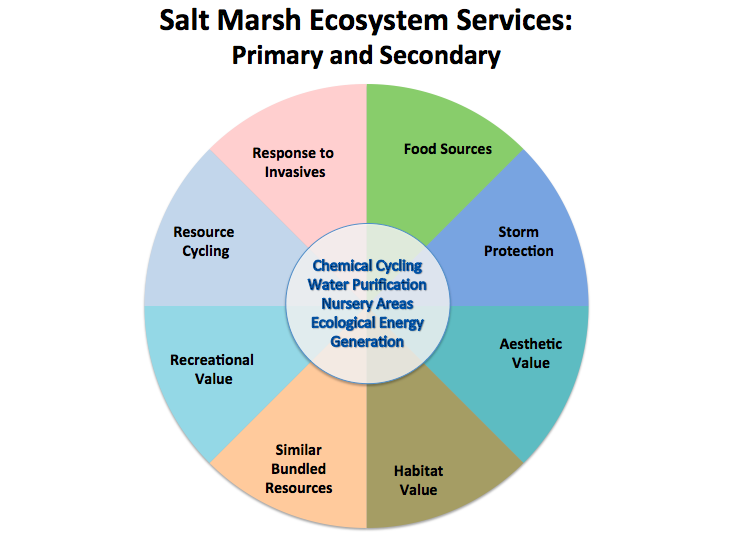Our CORE VALUES
Safe Harbor's Core Values are reflected in our commitment to Education and Advocacy. The innovative coastal restoration systems developed by Safe Harbor have been made public domain. Safe Harbor believes that green infrastructure may provide a more sustainable link to coastal resiliency. We share our research and educational materials through our e-newsletter OCEAN. Safe Harbor believes in offering Environmental Education, involving local communities in the protection of their own coastal resources, and facilitating the opportunity to advance restoration efforts in financially restricted areas.
Ecosystem Services is at the heart of Safe Harbor's core values and environmental mission. Safe Harbor believes future decisions about our resources will be influenced by Financial and Social, as well as Ecological values. Our educational program attempts to bring these otherwise hidden values forward. We need to understand these values and develop a vocabulary to express them. The biggest change in mindset will be learning how to express ecological values in financial terms. This constitutes a sea change in alternatives analysis.
Coastal resources are front and center in our future. We need to create a better evaluation process of green infrastructure and resiliency to assess cost benefit values of development vs protection. This will be require a significant departure from socio-economic based decisions of the past century. Fortunately we have lots of successful financial evaluation models. Unfortunately we have very few models to actually quantify ecosystem values (services). Balancing Ecological, Social and Financial values will create more sustainable solutions.
Incorporating ecosystem services into management decisions will require an integrated approach to modeling. Scientists determining baseline and projected values need to be able to provide relevant information to geopolitical decision makers attempting to make assessments. Coastal services indicated in the lateral image above will only increase in value over time, as they are reduced by development and the effects of climate change. Nearly a third of the USA population live in or near coastal watersheds.

